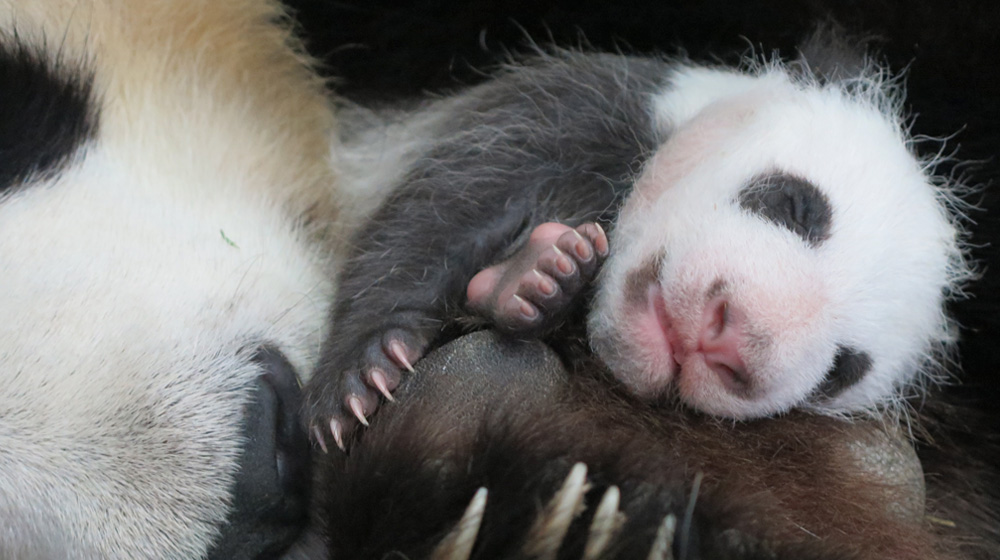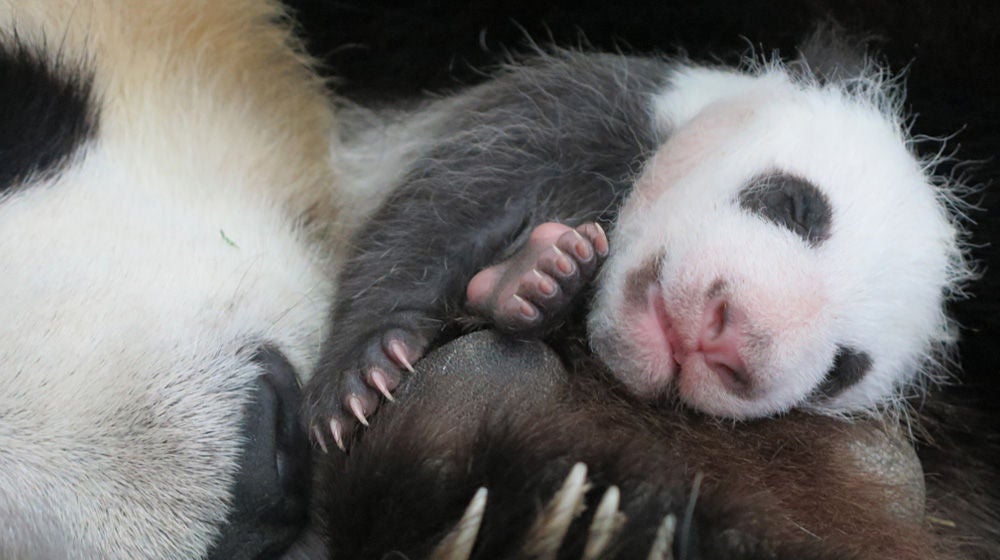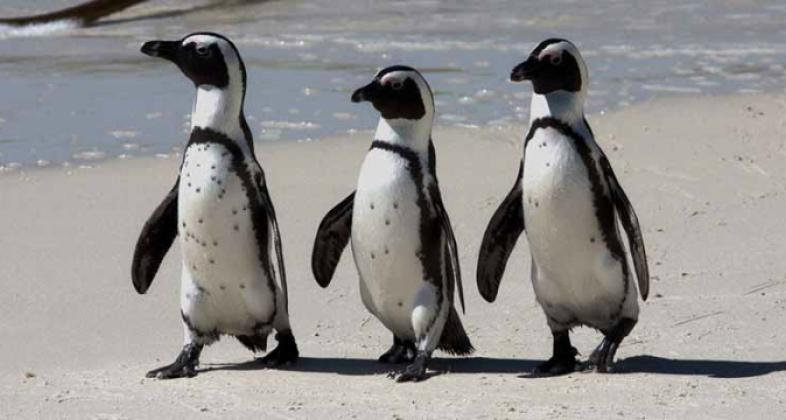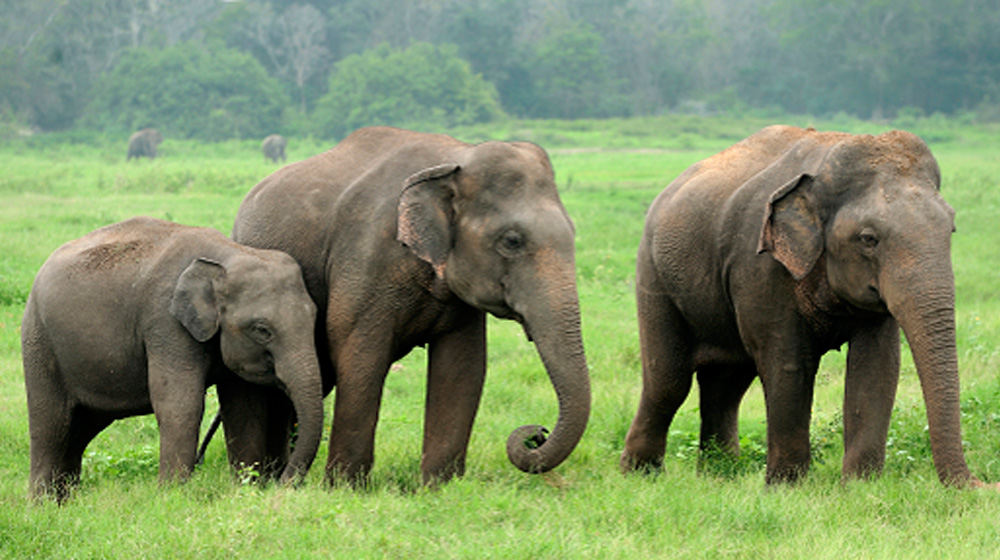
Giant Panda – Reproduction
Research project on the behavior and different reproduction techniques of the giant panda.


Starting date: 1982
End date: Undetermined
Location: Spain

Since 1982, the Zoo-Aquarium de Madrid participates in a research project to learn more about giant panda reproduction and behavior.
The research project is supported by the Chinese government and is carried out “ex situ”, thus enabling many zoos around the world to participate. Hence, in Madrid, a collaborative team researches and develops new techniques for giant panda reproduction at the Madrid Zoo. This team involves the National Institute for Agrarian and Food Technology and Research (INIA), the Chengdu Reproduction Center (China), and the School of Veterinary at the Universidad Complutense.
The Madrid Zoo’s reproductive couple of giant pandas (Ailoropoda melanoleuca), Bing Xing and Hua Zui Ba, are hosted at this institution as part of this research project. Thanks to all these efforts, Madrid has witnessed four births of giant panda at the Zoo: Po, Dedé, Xinbao and Chulina.
Researching since 1982
CONTEXT
The Zoo Aquarium de Madrid has been researching since 1982, when Chu Lin, first panda cub at the Zoo, was born. Since then, the Zoo has been a reference institution in terms of giant panda reproduction. In 2007, the arrival of Bin Xing and Hua Zui Ba are the Zoo Aquarium de Madrid’s as a new reproductive couple represented a new step forward in the field.
Through this programs, the giant panda population has increased in the past years, currently reaching 1.864 individuals in the wild in the Chinese mountainous regions of Sichuan, Shaanxi and Gansu. Additionally, 520 individuals live in reproduction centers and zoos around the world. In China, another 6 reproduction centers and 37 protected areas ensure the reproduction of the species and the continued collaboration with reproduction centers at the international level.
OBJECTIVES
The institution has also produced the guide “Manejo y reproducción del panda gigante en las instalaciones del Zoo-Aquarium de Madrid” (Handling and reproduction of the giant panda at the Zoo Aquarium de Madrid facilities), which describes the Zoo’s experience in reproducing this species since the arrival of the reproductive pair in September 2007 until the birth of two cubs (2010, 2013) by means of artificial insemination.
Zoological institutions hosting giant pandas are requested to contribute to the species’ conservation by taking part in conservation and reproduction programs, aiming at increasing the number of individuals and achieving a population that can sustain the necessary genetic variability.
As a result of all these efforts, the IUCN (International Union for the Conservation of Nature) updated their list of endangered species in 2016 and changed the giant panda’s category from “Endangered” to “Vulnerable”.


